From holding dispensing paper towels and chips to housing thousand-pound rolls of packaging and shipping papers and even concrete, cardboard tube is a lot more than meets the eye. Over the years, the revolution in the packaging industry hasn’t been visible in any other packaging as compared to cardboard packaging.
To a variety of sizes and shapes, and ever-evolving add-ons, cardboard packaging has epitomized the packaging revolution, and what embodies cardboard packaging is cardboard tubes.
1. How can cardboard tubes be so good?
Cardboard tubes have always been known for their flexibility and strength, but wins it for them is their amazing strength-to-weight ratio, which is too much for something that is made up of paper. So, while their primary purpose will always be to protect their contents, they offer a lightweight solution as compared to other packaging stocks.
Being light in weight, they are easy to carry and come with very little cost for shipping, which makes them an ideal packaging material for many businesses. Cardboard tubes are also resilient, thus making them a perfect cardboard cylinder packaging solution for high-impact contents.
However, as described earlier, there is a lot more to cardboard tubes than what meets the eye. These tubes offer a unique branding opportunity. They are highly customizable, and due to the surface, they offer to display the company’s designs and logos; they are always the first choice for businesses when it comes to instant brand recognition.
Moving away from the aesthetic side of these paperboard tubes, cardboard tubes are also your solution for heavy-duty problems. Custom-made cardboard tubes are used worldwide as high-load-bearing tubes. They are used extensively in construction, like the tubes used for concrete columns, and since they are thicker for a tube made of paper, they can support a lot of weight.
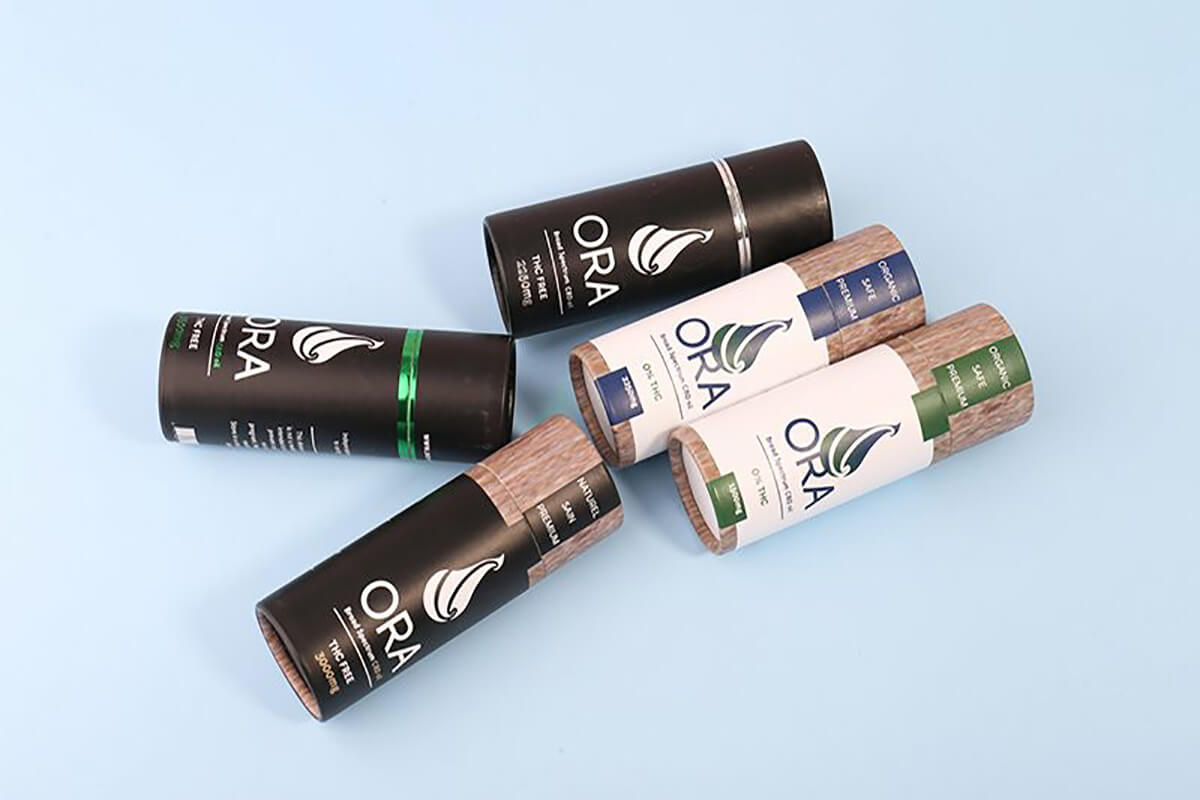
2. Types of cardboard tubs
One of the biggest reasons behind the great commercial success of cardboard tubes is the varieties that they come with and the variety of uses that they allow their users. Following are some of the major types of packaging tubes that are used widely in various walks of everyday life:
- Paper cans
By paper cans, we mean the everyday paper cardboard tubes that are used for packaging merchandise, including, but not limited to, food, cosmetics, gifts, etc. In heavy-duty business packaging solutions, cardboard paper cans have traditionally supported steel bottoms, but a lot has changed, and they have become the face of heavy-duty cardboard tubes.
In today’s world of technological advances, these cans are equipped with paper bottoms. This has provided the business with not only commercial advantages but also to be on the right side of history by opting for sustainable packaging solutions for their products.
- Paper cores
Paper cores are a type of cardboard tube that has a unique packaging use. They are used for packaging inside something else, where the primary purpose is to provide structure and strength. In our everyday lives, items that use paper cores include shipping tubes, electrical wires, paper towels, toilet paper, and all sorts of mechanical grease cartridges for vehicles and machines.
- Caulking tubes
Caulking tubes are the evidence of hybridization of modern technology with cardboard packaging. Caulk is a flexible material that is used to seal all sorts of air leaks through gaps, cracks, and joints less which are less than 1-quarter-inch wide between stationary building components and materials. Caulking tubes are spirally wounded, and they are used in construction to help dispense caulk.
- Shipping tubes
It is probably one of the most common uses of cardboard tubes. These shipping tubes, as the name suggests, are used to protect items from tearing and denting during their transit. Common materials that can be helped in shipping with shipping tubes are art, documents, and all sorts of papers.
- Sonotubes
nanotubes are industrial cardboard tubes that are used in construction and other heavy-duty tasks. These heavy-duty tubes are used to form columns, concrete pillars, and other construction blocks like light poles and stub piers to be used in elevated ramps.
- Kraft tubes
Kraft tubes are also known as postal packing tubes, as they are used for everyday postal services. Furthermore, apart from being mailing tubes, they can also be used for storing purposes of your documents, and before you store diplomas, marriage certificates, and all other important documents in your cedar chest, you can just roll them tightly and insert them in these tubes for safety, and they also keep the documents dry.
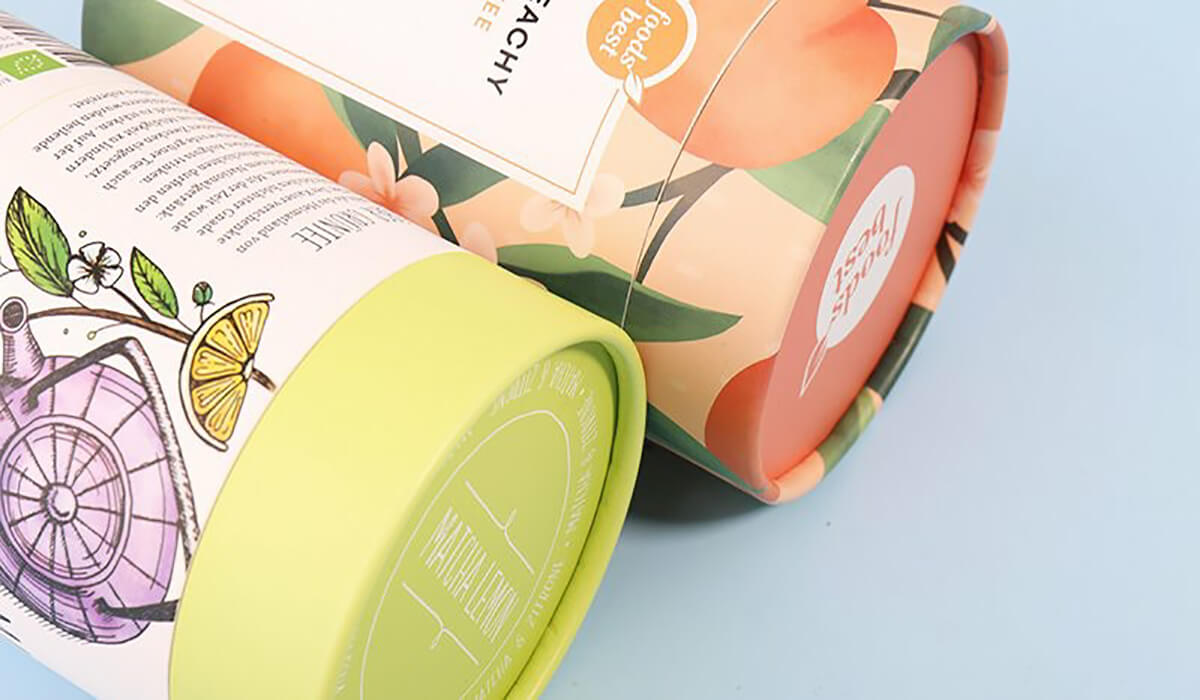
3. Advantages of custom cardboard tubes
Now that we understand that cardboard tubes are a sturdy and sustainable solution for packaging and can be used for household purposes to heavy-duty functions, there is a lot more to these tubes that make them a perfect packaging solution for your business.
Here are some of the advantages of using cardboard tubes that trump the use of all other tubes and that make them the first choice for all kinds of packaging needs:
- They are cost-effective
As compared to all the paper tube packaging, large and small cardboard tubes are the most cost-effective packaging solutions, as their manufacturing isn’t labor and capital-intensive. Furthermore, you can further decrease this cost by opting for recycled cardboard instead of using virgin cardboard cores.
Being a cost-effective solution, the usage of cardboard tube packaging can significantly increase your business’ ROI and profits. You can also use your vital capital resources on other aspects of business without worrying about packaging costs.
- They are highly customizable
When it comes to packaging, any packaging material is considered good if it offers its users a customization ability, and that can help businesses brand their products and stand out from the rest. With cardboard tubes, customization is guaranteed, and businesses can brand themselves easily. This is because the cardboard material can be easily printed on and can carry the messages and logos of the brand with more longevity.
4. Cardboard tube processing
Due to the thin ink layer for round cardboard tube offset printing, it is easy to cause insufficient ink saturation. Lamination or varnishing can improve the surface glossiness of the item, and enhance the brightness of the ink layer, at the same time, it provides effective protection for cardboard tube packaging.
The color of the packaging will not fall off after post-press processing or due to friction during storage and transportation. The plastic film used for lamination is transparent, high gloss, and inexpensive. As the coated paper is difficult to recycle, which is non-degradable and easy to cause white pollution. Therefore, the regular instant coated film adhesive material will be replaced by high quality environmentally-friendly new adhesives.
1) Varnishing
It can not only enhance the surface brightness of the cardboard cylinder tubes and protect the printed graphics but also does not affect the recycling of paper, which can save resources and protect the environment. Therefore, it is widely used in the surface technology of packing tubes.
Convex processing mainly uses pressure to transfer the pattern to the surface of the material. The embossing effect is produced by the embossing process, and the paper drum/cardboard tube is more beautiful, the theme is more vivid, and the touching is richer.
2) Hot stamping
In order to enhance the value added to products, in the fierce market competition, more effective packaging anti-counterfeiting, and more and more hot stamping technology is applied to the cardboard cylinder packaging industry.
Heating and pressure are applied to anodized aluminum hot stamping foil to transfer patterns or text to the surface of the hot stamped material. The characteristics of hot stamping: the pattern is clear and beautiful, and the colors are diverse and dazzling.
Hot stamping on the paperboard tubes plays a role in beautifying the product and highlights the design theme. Recently, the rupture issue of paper milk powder tubes was much concern by many people. Europe pays much attention to environmental protection for milk powder, and aluminum foil would be winded in the packaging.
Long-distance transportation and high-temperature pressure changes make the paper milk powder tube prone to bursting. This is a common occurrence caused by external factors. Pay much attention to it and think about logistics complaints.
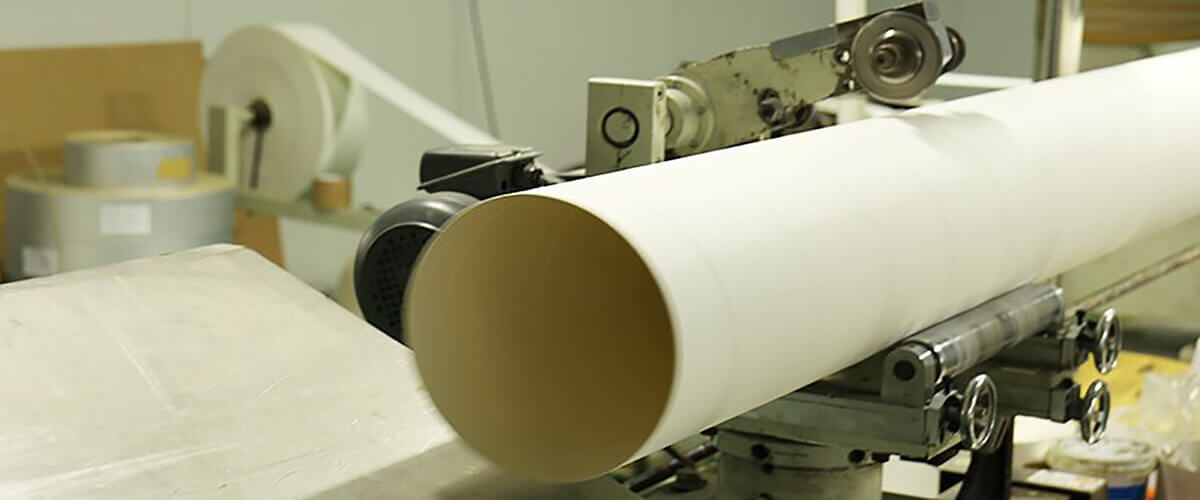
5. Our Hopak paper tube manufacturing process
We, at Hopak Packaging, have mastered the art of manufacturing paper tubes, and it is why we take pride in being one of the top paper tube manufacturers around the globe. With our years of experience, we have learned that the perfect materials for paper tubes are Japanese Kraft Paper and Swedish White Paper. They give more strength to the paper tube as compared to other manufacturing materials, and it is why our paper tubes are considered to be the toughest.
Furthermore, we have a state-of-the-art manufacturing plant for our paper tube manufacturing, and we ensure that all our experts follow the safety and hygiene measures when working in the plant. On top of that, we have also the most advanced winding tube machine, which ensures that the gap between the layers of tubes is kept between 0.1-and 0.2mm.
6. Conclusion
While there are loads of packaging options available to businesses, and each one of them offers its own merits and demerits, small and large cardboard tubes are a perfect choice for businesses if they are looking for a packaging solution that is not just aesthetic but also carries the strength with it. It is where simplicity meets strength and where an ideal packaging solution comes into existence to be used absolutely anywhere.

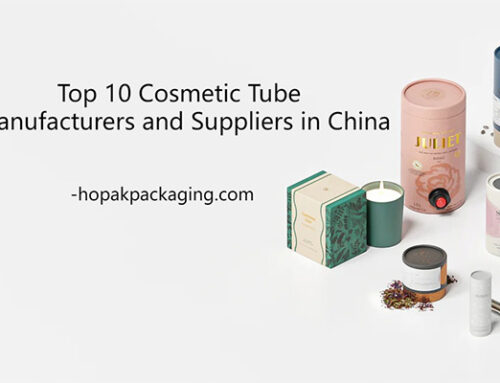
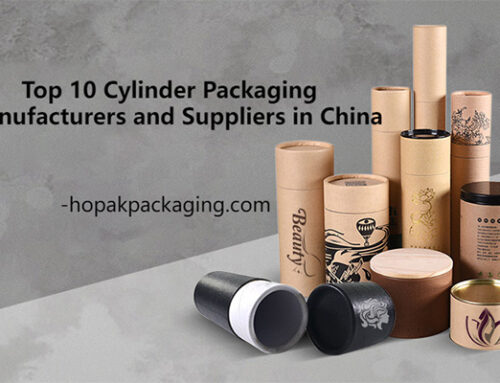
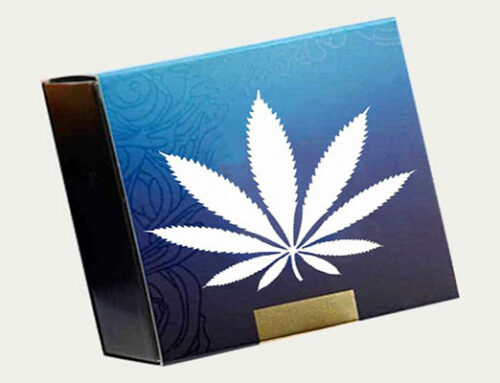
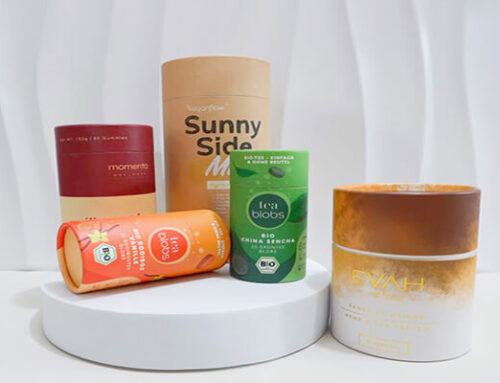
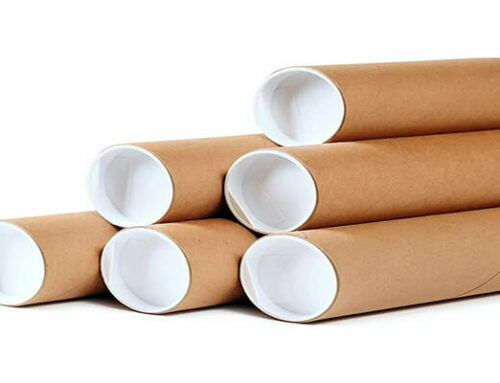
Leave A Comment